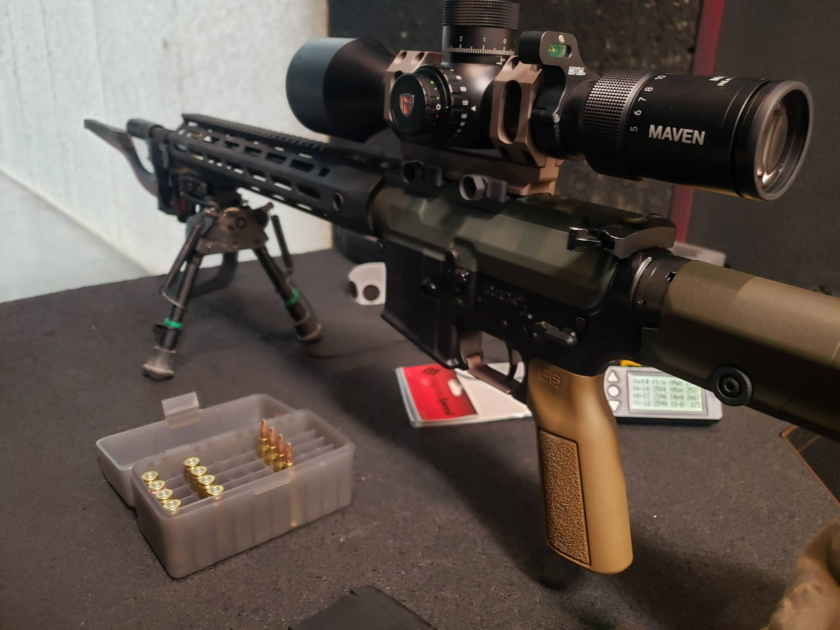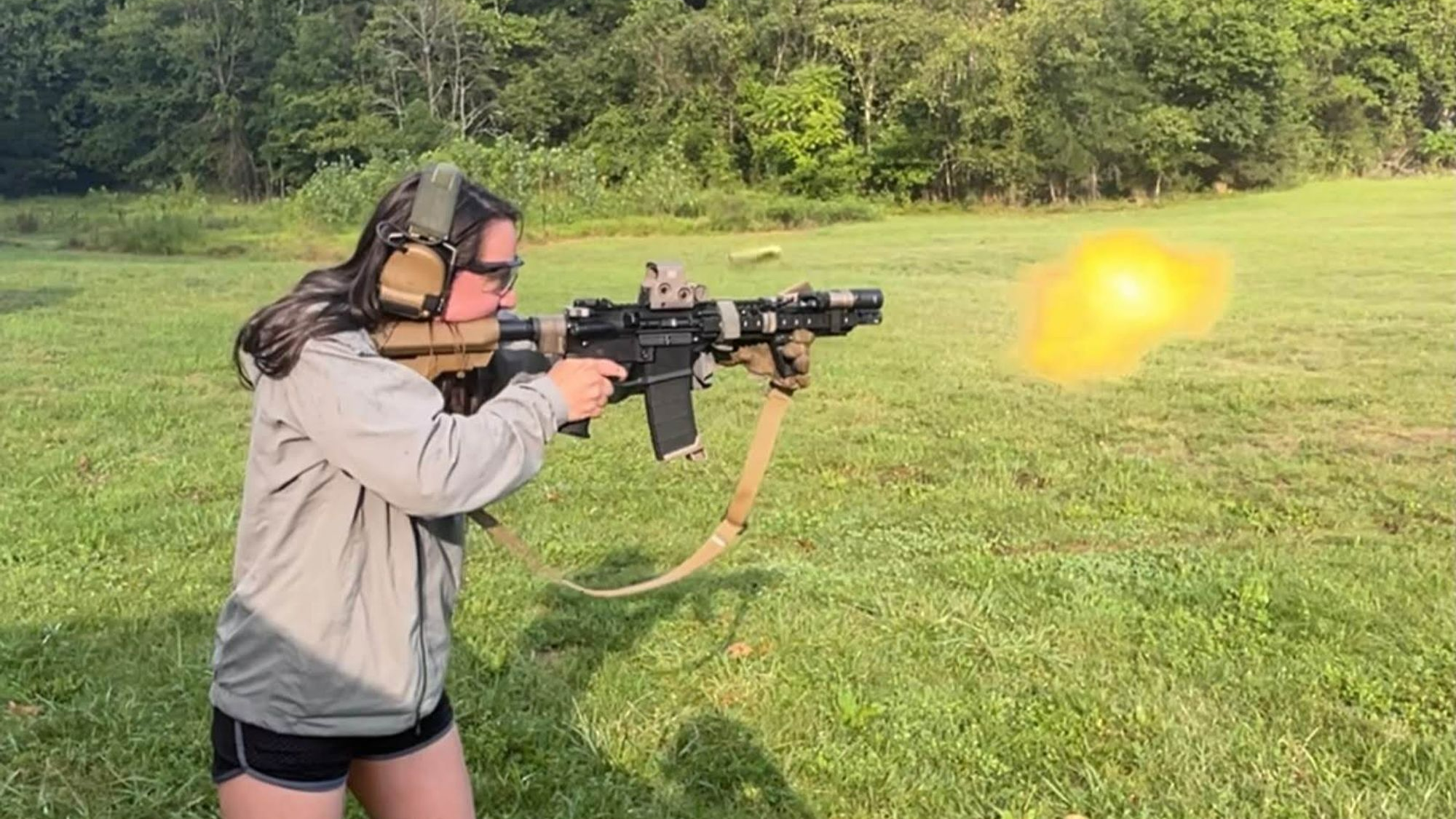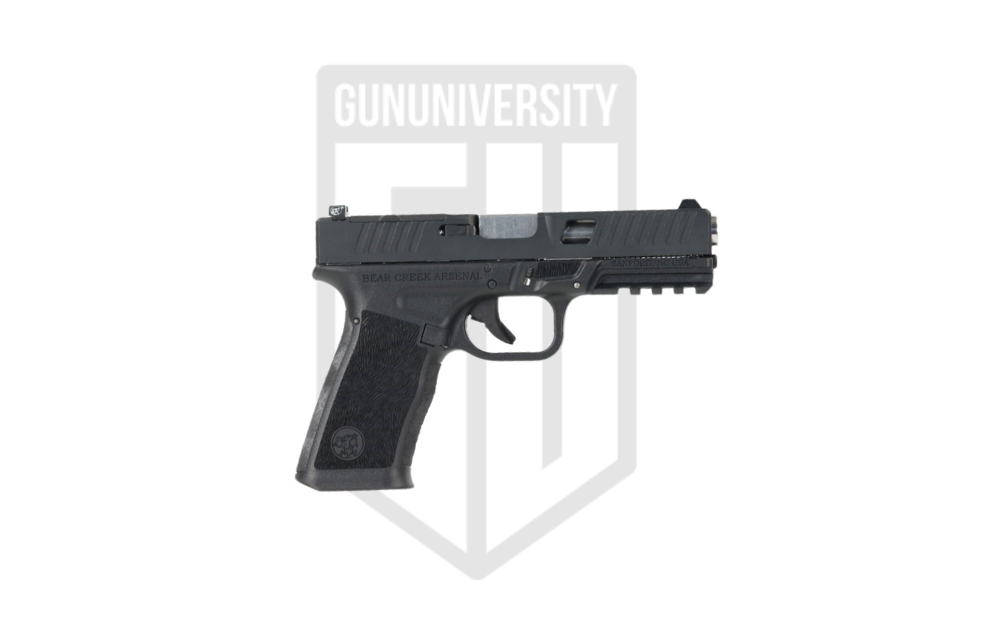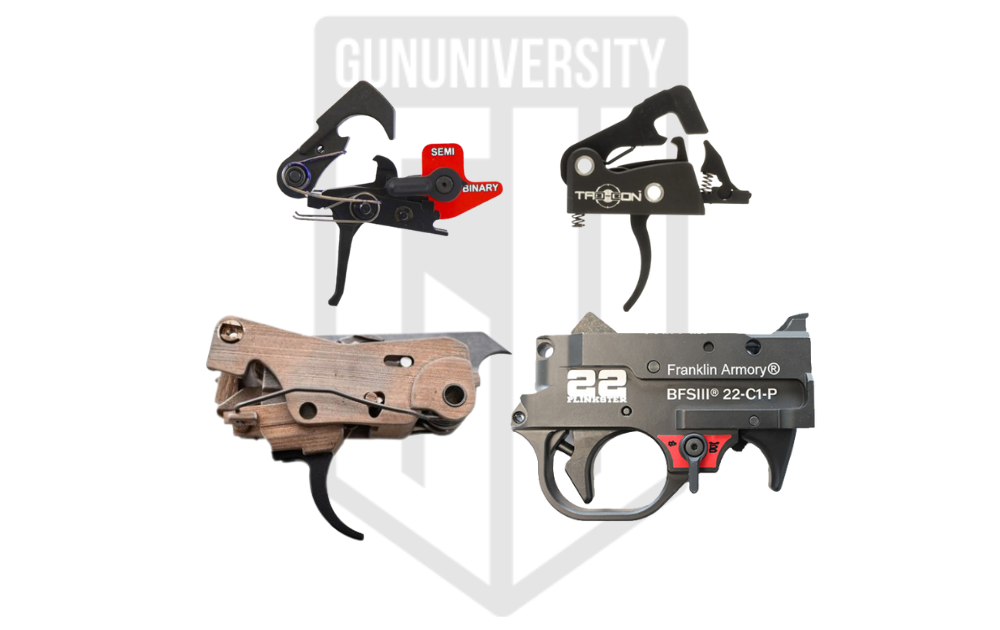AR15 vs M4: Civilian vs Military Rifles
What is the difference between the AR15 vs the M4? In short, the AR-15 is a platform that does not adhere to any official standard and can be built to the heart’s content. The M4 is a platform that adheres to military standards and has specific parts and components. You can create a clone of the M4 military firearm on the civilian side.
Now, the long story..
The History
The M4 and AR-15 are two entirely different firearms, both in military vs civilian and in their build and function. Their origination, though, is not so different. Thank you, Eugene Stoner and C. Reed Knight Jr.

The M4 and now M4A1, the automatic version of the M4, is a carbine version of the M16 platform. This is where the M4 and the AR-15 platform intersect. Eugene Stoner, first working for Armalite, invented the AR-15. Many, but not all, know the “AR” in AR-15 stands for Armalite. Shortly thereafter, Armalite sold their rights to Colt, thus creating the Colt M16.
C. Reed Knight Jr., the creator of Knights Armament, was a long-time partner of Eugene Stoner. Much of Eugene’s work is credited to their partnership and Mr. Knight’s expertise. As far as the M4 is concerned, while he didn’t invent the 1913 standard, Mr. Knight and Knights Armament Company are the reason for the 1913 picatinny rail that is still being used on the M4 platform today and on many civilian AR-15 builds. Goodbye taped flashlight to a plastic round rail, hello KAC M4 RAS (Rail Adapter System).
Spec Comparison

M4A1

AR-15
So, both the M4 and AR-15 have the same beginnings, so what’s actually different?
Military Vs Civilian

It was important for the M16 to have the “M” designator, as it is the first tell that it is a military weapon. Once purchased by the military, this firearm will abide by military regulations. While many of these parts will still come from the original manufacturer, there will be many updates that can now be manufactured by other companies to meet the military’s specifications, or “Mil-Spec”. This happened regularly. An example is when the firearms company, and long loyal partner to the military, FNHerstal, this time specifically FNAmerica, won a contract with the U.S. Army to provide M4s and M4A1s. Currently, in 2023, there are more FN lower receivers in Army Vaults than there are Colt.
The AR-15, on the other hand, falls into the wild west of civilian firearms. The AR-15 is simply a platform. A .223, .223wylde, or 5.56 platform (yes, there is a difference). There are no standards in the civilian world for the AR platform. Barrel length, rail types, triggers; all these parts can be from any manufacturers with no rules on how they make it. While many civilian AR-15 manufacturers follow the standards of parts set forth by Colt years and years ago, there are no repercussions if these standards are not followed and guns do not work. It is truly a wild but fun world.
Military Standards vs Commercial Standards
Next we will compare the military standard vs commercial standards in the M4 and AR-15 industry.
Factory Requirements
As stated before, the largest difference between these two firearms if looking at the M4 as the Mil-Spec M4 and not the clone, are the specificity of the parts. A little known fact is that any firearm that is adopted by the military and being created by a civilian manufacturer is actually made in a different part of that manufacturer’s factory. Let’s use FN for example. FN has many contracts with the Army, such as the M249 and the M240. There is also a M249S, the semi automatic commercial version. Due to military requirements, they cannot make any of the parts for the Military M249 in the same side of the factory as the commercial parts. Just like military barrels and receiver’s that FN may push out for the M4 platform, they cannot make those in the same area as the FN 15 M4 collector parts. This stands for any company that is making military parts due to such heavy requirements from the Government.
Technical Data Package
They also make these government parts to standards set forth by the military. We largely known this as a Technical Data Package or “TDP”. In 1967, the Army bought the TDP from Colt. These are standards such as gas port size, types of metals used, spring sizes, etc. Very specific things that are now specific to the Army’s standards. Companies have to go so far as to keep these standards, such as replacing equipment parts more often. This is why it is so important to keep factories separated from military and commercial firearms.
Now this often brings up the question and battle of, why is the Military getting “better made” firearms than civilians?
AR-15 Wild West
That is where, in the AR-15 world, firearms companies set themselves apart. While the TDP is a protected piece of information and owned by the Military, let’s be real, it is 2023. The TDP is out there and companies have been learning how to make their firearms up to that standard. Firearms companies that have contracts with the Military should be working to make their commercial products up to par with the military standards. Small commercial companies should be working to make each firearm that leaves their shop up to standards.
Now, in the AR-15 world, these standards can also be adjusted. Manufacturers are working hard on research and development of their products. This means that while their firearms can reach trustworthy standards set forth by the military, these firearms do not HAVE to adhere to those standards. This is because there is not a universal rule on standards of civilian firearms. Therefore, companies have free rein to decide well, if they want to make firearms that work or….don’t.
One of the best parts of the AR-15 is you can customize it however you want. Here is Gun University’s best AR-15 Upgrades.
The Builds
The largest thing within the build that sets these two firearms apart is the fire control group. The M4A1 can now operate on safe, semi-automatic, and automatic. Commercial AR-15’s, if you don’t have the proper licensing, can operate in safe and semi-automatic.
Under the M4/M4A1 specifications, there will be specific parts and lengths. On the AR-15 there will be some examples of parts, but remember, the AR-15 platform is really all that it is, a platform, a foundation for users to customize their firearms.
Current Happenings

So where do these two platforms stand today?
The M4 in the last few years has undergone a huge upgrade in the United States Military. All Army M4s have now been configured to M4A1s. New fire control group, heavier barrel, heavier buffer, and lasered lower receiver to say “M4A1”. A large team coming from TACOM, Tank Automotive Command, completed this. The team brings the parts and upgrades every weapon in the vault at the unit they are with that day. The M16 platform is also getting its shared set of upgrades, with many having an adjustable stock installed and a picatinny rail thrown on.
The AR-15 platform is getting really wild with all types of rail systems such as M-LOK, Keymo, Picatinny, and ARCA. Drop in adjustable triggers are getting lighter and lighter. Gas port sizes are being adjusted and stocks can be folded to the side. Dudes at home are getting 20 inch barrels and hitting targets at 1k with .223. Magwells are going on, ejection ports are even getting upgraded. Perhaps most important, more and more companies are being held to a proper standard because more users are understanding that military standard and publicizing when firearms are not right. Companies are starting to really work at making their firearms reliable and trustworthy.
Thank you both to the M4 for being a part of history and to the AR-15 for letting the future of firearms run wild. While both platforms may be different, they both still had similar effects on firearms history. Both are a pinnacle of providing both soldiers and civilians alike the capability of protecting themselves.
Bonus Video!
Here is a 30 minute documentary from the Institute of Military Technology on Eugene Stoner and the AR-15/M16.
Before you go, check out our article on the Best AR-15 Rifles
Recent Posts
July 27, 2024
July 26, 2024
July 25, 2024

![The Best Shooting Ear Protection in 2024 [Tested]](https://gununiversity.com/wp-content/uploads/2021/09/best-shooting-hearing-protection.jpg)


